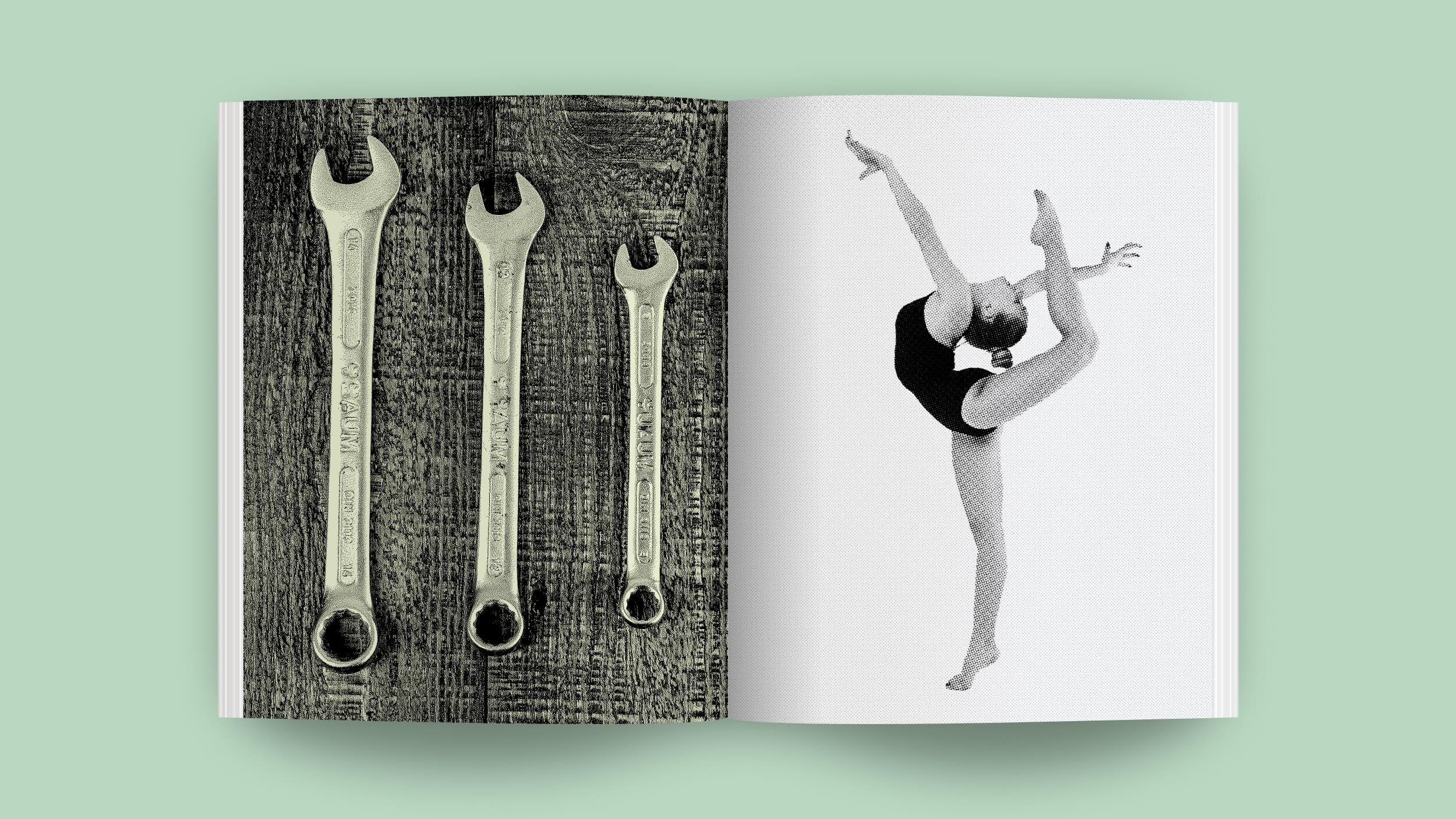Tom Perrotta forecasts the new suburban dystopia.
Perrotta: I live right outside of Boston. I live about 5 miles away, so, it’s a real inner suburb. It’s not a phenomenon that you could really find in New York. We have a small town that’s that close to the city, you know, and I really find that to be a nice way to live because you have, you know, the best of both worlds in a sense. The thing I’ve been really thinking about lately was what happened with the gas prices over the summer when they spiked up to $4 a gallon. You know, they’ve since dropped because we’re in the midst of this financial crisis, but at the time I was thinking very frequently about, in the Boston area, if you wanted to buy a house for under, say, $300,000, you’d have to move out of the city maybe like 45 minutes and you had a long commute, and I know there are people outside of LA who do this as well. Outside of every major city, outside Atlanta, you know, you have to drive 45 minutes to an hour or more both ways, you know, to get to and from work, and I really felt like we’re on the verge of that whole suburban lifestyle, being economically untenable, that there’re going to be this distant… But I think, you know, some planners have been talking about this. There’re going to be these suburbs that are in a fact are going to be like inner city ghettos. You know, they’re going to be abandoned and they’re going to become, you know, there’re going to be a couple of houses that are inhabited on a street full of, you know, boarded up, big old homes. You know, it may be a dystopian vision that is too extreme, but you can see how that could happen, and you can see, you know, the values of homes near the city and near public transportation shooting up and the value of homes, you know, half hour or more from the city, you know, really plummeting and, you know, just a big demographic shake up in our culture and a lot of anger, I think. You know, you can see the beginnings of it in terms of people, you know, realizing they can’t drive their SUVs and, you know, people realizing that they’ve built homes that were too big. I mean, I think it’s going to seem pretty shocking, you know, 50 or 100 years down the line for people to think that in the 1990’s and, you know, early 2000, people were building these gigantic houses and driving these gigantic cars, even though they knew that, you know, it wasn’t sustainable economically, that we just didn’t have the oil to, you know, to do it.





